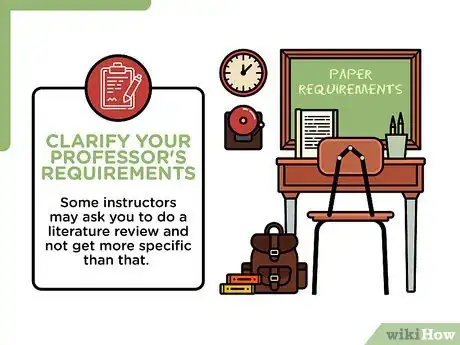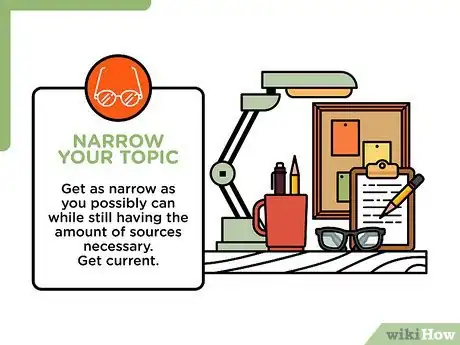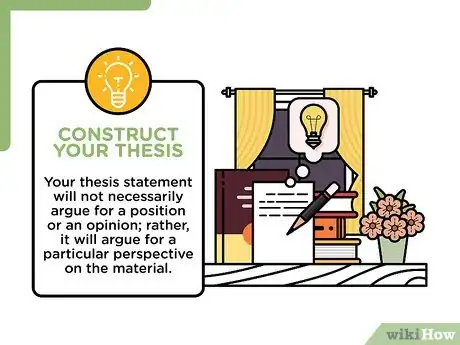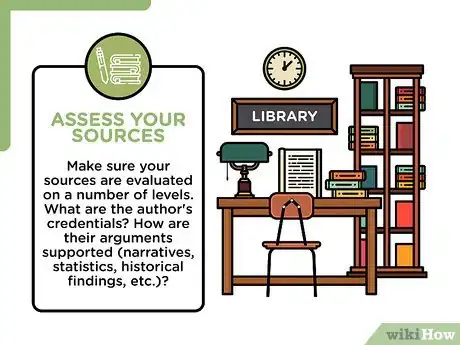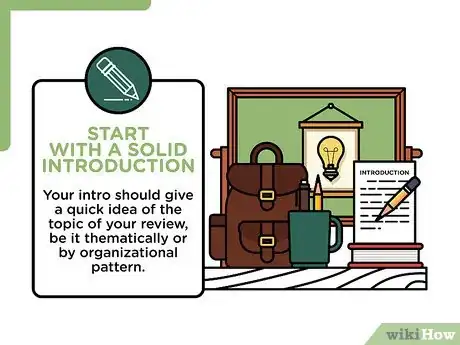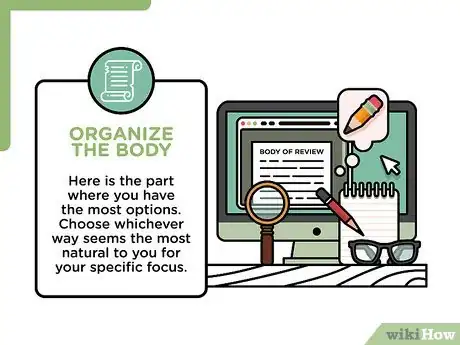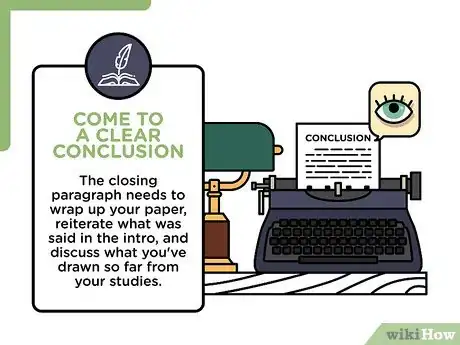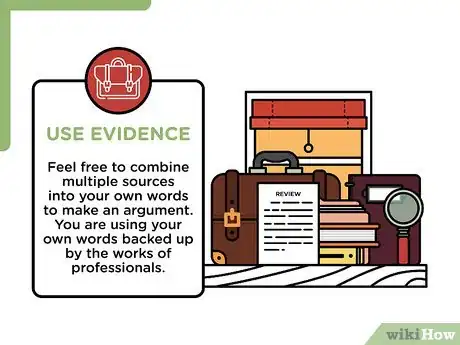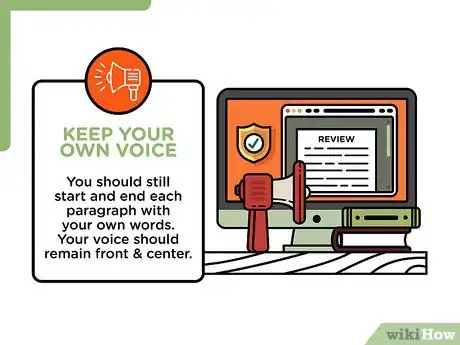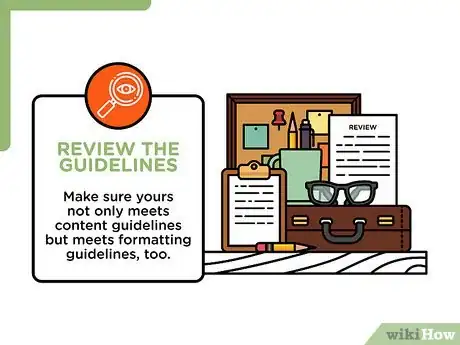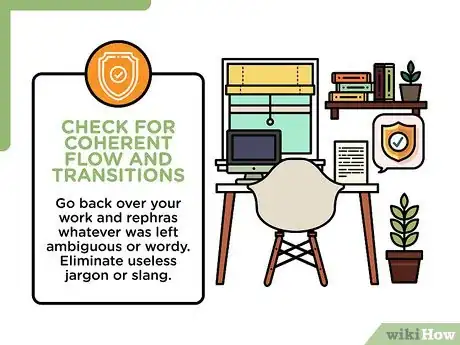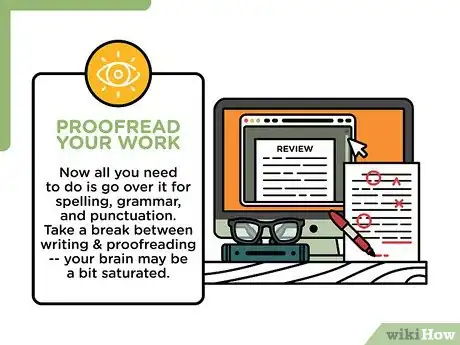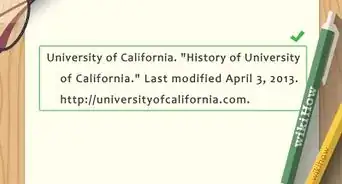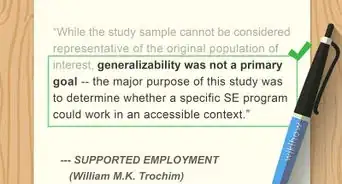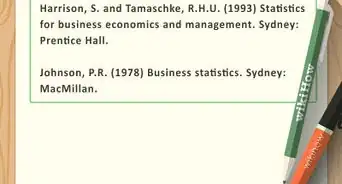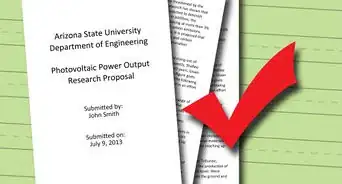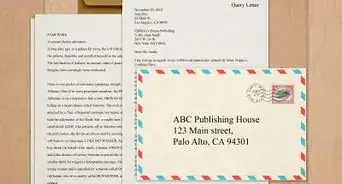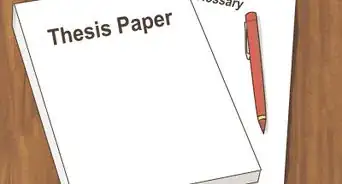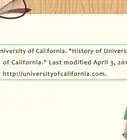wikiHow is a “wiki,” similar to Wikipedia, which means that many of our articles are co-written by multiple authors. To create this article, 11 people, some anonymous, worked to edit and improve it over time.
There are 13 references cited in this article, which can be found at the bottom of the page.
wikiHow marks an article as reader-approved once it receives enough positive feedback. In this case, 90% of readers who voted found the article helpful, earning it our reader-approved status.
This article has been viewed 313,781 times.
Learn more...
Some people might think of a literature review as reading a book and then giving it a thumbs up or thumbs down. Nope, not so. A literature review is a review of various pieces of literature on one topic, ranging from series of books to shorter pieces like pamphlets. Sometimes, the literary review is a part of a larger research paper. Its purpose is to prevent duplication of efforts, resolve conflicts, and point the way for further research.
Steps
Before Writing
-
1Clarify your professor's requirements. Some instructors may ask you to do a literature review and not get more specific than that. Or, maybe they did and you were playing Plants vs Zombies. Either way, knowing precisely what your professor is looking for is the first step to getting that A.[1]
- How many sources should you include? Does he/she want a specific number of each type? Do they have to be at least semi-current?
- In discussing your themes, are you just summarizing or critiquing? Some reviews require a thesis, some may not.
- Should you offer your opinion on your sources?
- Do you need to provide background information, such as definitions or histories, to aid in your audience's understanding?
- Is there a page or word requirement?
-
2Narrow your topic. Get as narrow as you possibly can while still having the amount of sources necessary. Studying birth order may lead you to dozens of books; studying birth order of same-sex siblings will make your search for sources much quicker and more manageable.
- Get current. If you are writing a review in the humanities, history, or social sciences, you can afford to be less concerned with timing (in fact, changing opinions throughout history may be an aspect of your paper). But if you are writing a literary review for the sciences, say, on treating diabetes, information from 5 years ago could already be obsolete. Sort through current bibliographies or literature reviews in the field to get a sense of what your discipline expects.[2]
Advertisement -
3Find a focus. Unfortunately, you are not just gathering sources and summing up what they have to say. You should be considering what themes and ideas connect your sources together.[3] Think of these books as your group of friends all arguing on the same topic. What are they all assuming? How are they the same and how are they different?
- Read between the lines. You're not necessarily looking for explicit content. Is there an aspect of the field that is missing? Are your sources all prescribing to one specific theory? Do you see trends being revealed? This will help you structure your paper immensely, zeroing in on what will give your paper purpose.
-
4Construct your thesis. Now that you've found your focus, it's time to construct a thesis statement. You may be thinking that literature reviews don't have thesis statements. That's both partly true and false: They have theses, but they're quite different. Your thesis statement will not necessarily argue for a position or an opinion; rather, it will argue for a particular perspective on the material.[2]
- For example, "Current trends in [topic] are A, B, and C," or "The X Theory is assumed by most sources from 1985 on." Stating something like this begs a few questions, making your review more interesting and meaningful: How will trends change in the future? What if the assumed theories are wrong?
- Again, this is not new information. You are not analyzing the material and coming up with your own, fresh perspective on it. You are simply acting like a computer--noting patterns, holes, and assumptions all your sources are taking.
-
5Assess your sources. You can have the best of intentions and a form of prose that convinces the staunchest of skeptics, but if your sources aren't viable, that's it. Finito. Make sure your sources are evaluated on a number of levels.[4]
- What are the author's credentials? How are their arguments supported (narratives, statistics, historical findings, etc.)?
- Is the author's perspective unbiased and objective? Are they ignoring any data to make their points seem stronger?
- How persuasive are they? Do any of their points leave a bit to be desired?
- Does their work lead to a greater understanding of the subject?[5]
Constructing Your Paper
-
1Start with a solid introduction. As with everything, first impressions matter. Your intro should give a quick idea of the topic of your review, be it thematically or by organizational pattern.[6]
- Help the reader along by letting them know what kind of ride they're in for. If you are employing a thesis statement, place it toward the end of your introductory paragraph. At the end, your reader should be anticipating getting into the evidence and bulk of your paper.
-
2Organize the body. Here is the part where you have the most options. You have a number of sources and, since they're all on the same topic, they probably have loads in common. Choose whichever way seems the most natural to you for your specific focus.[7]
- Arrange it chronologically. If you are dealing with varying opinions by era or changing trends over time, chronological organization may make the most sense.
- Arrange it by publication. This organizational method fares well if each publication has a different stance. If there is a natural progression (radical to conservative, for example) between the sources, this works swimmingly.
- Arrange it by trend. If you are noticing patterns in your sources, arranging them by the trends they suggest may be the most obvious structure. Certain sources may, together, suggest one pattern that shifts over time, region, or other variable.
- Arrange it thematically. This highly depends on your thesis statement and what sources you have chosen. If you are choosing a focus that is more abstract ("Colonialism is depicted as evil," for example), the subsections may be arranged on the different methods employed to put the theme across.
-
3Come to a clear conclusion. The closing paragraph needs to wrap up your paper, reiterate what was said in the intro, and discuss what you've drawn so far from your studies.[8]
- You may make your conclusion suggestive. Where might the discussion proceed if someone else picked it up where you left off? What are the consequences of the patterns and holes in today's sources?
-
4Use evidence. Feel free to combine multiple sources into your own words to make an argument. You are using your own words backed up by the works of professionals.
- However, use quotes sparingly. The survey nature of the literature review does not allow for in-depth discussion or detailed quotes from the text.[2] Some short ones are fine, sure, but all in all, it should be written by you.
-
5Keep your own voice.[9] No, you are not presenting information that sprang up from the wonders of your own mind, but you should still start and end each paragraph with your own words. Your voice should remain front and center.
- When paraphrasing a source that is not your own, be sure to represent the author’s information or opinions accurately and in your own words. [2] Then, relate it to the context of your review.
- Some professors may require that you evaluate the sources and conclude which pieces add the greatest contribution to the field. If yours is keen on this, determine your take in the introduction and string it throughout your paper.
Revising Your Work
-
1Review the guidelines. Some professors like their papers a certain way. Make sure yours not only meets content guidelines but meets formatting guidelines, too.
- Does your instructor require APA formatting? What should your margins be? Headers, footers, footnotes, and page numbers? How do they want your name, headings, and subheadings? How do they want your works cited page?
-
2Check for coherent flow and transitions. It's best to stick to clear and concise writing and it's not always easy to nail that on the first try. Go back over your work and rephrase whatever was left ambiguous or wordy.[10]
- With everything said as clear as day, does it flow together? Do you transition well not only from paragraph to paragraph, but from sentence to sentence? Be sure your evidence lines up with the support and your arrangement of sources flows logically.
- Eliminate useless jargon or slang. You may have grown an entirely new vocabulary during this endeavor, but your professor has not. Write a paper that can be read by the masses. Don't make it overly esoteric.
-
3Proofread your work. You've got the hard part down. Now all you need to do is go over it for spelling, grammar, and punctuation. Take a break between writing and proofreading--your brain may be a bit saturated. Jump back at it when you're ready.[11]
- It's best to have someone else go over your work, too. You may have read it so many times you can no longer see you lapsed into Portuguese absent-mindedly. A different set of eyes can locate mistakes you may not have seen, ask questions you didn't realize were left unaddressed, or seek clarification on the foggier points.
Community Q&A
-
QuestionWhat is social media marketing?
 Community AnswerSocial media marketing refers to the process of gaining traffic or attention through social media sites. Social media itself is a catch-all term for sites that may provide radically different social actions. For instance, Twitter is a social site designed to let people share short messages or “updates” with others.
Community AnswerSocial media marketing refers to the process of gaining traffic or attention through social media sites. Social media itself is a catch-all term for sites that may provide radically different social actions. For instance, Twitter is a social site designed to let people share short messages or “updates” with others. -
QuestionDo I need to reference my own contributions? How do I introduce it?
 Community AnswerYes, of course you can mention your own contributions if they are related. You can say "the author found that...." or you can just mention your own findings and put the references in like any other citation.
Community AnswerYes, of course you can mention your own contributions if they are related. You can say "the author found that...." or you can just mention your own findings and put the references in like any other citation. -
QuestionWhere do I add the sources and links when doing a literature review?
 Community AnswerIn a citation list at the end of your literature review.
Community AnswerIn a citation list at the end of your literature review.
Warnings
- Avoid plagiarism. Using your own words will help you avoid plagiarism, which many academic departments take very seriously. Evidence of plagiarism can get students suspended or otherwise disciplined (this includes a failing paper). Make sure to correctly attribute any direct quotes.⧼thumbs_response⧽
References
- ↑ https://guides.lib.uoguelph.ca/c.php?g=130964&p=5000948
- ↑ 2.02.12.22.3http://writingcenter.unc.edu/handouts/literature-reviews/
- ↑ https://journals.plos.org/ploscompbiol/article?id=10.1371/journal.pcbi.1003149
- ↑ https://library.concordia.ca/help/writing/literature-review.php
- ↑ http://guides.library.ucsc.edu/content.php?pid=364099&sid=2979684
- ↑ https://owl.purdue.edu/owl/research_and_citation/conducting_research/writing_a_literature_review.html
- ↑ https://owl.purdue.edu/owl/research_and_citation/conducting_research/writing_a_literature_review.html
- ↑ https://owl.purdue.edu/owl/research_and_citation/conducting_research/writing_a_literature_review.html
- ↑ https://journals.plos.org/ploscompbiol/article?id=10.1371/journal.pcbi.1003149
- ↑ https://www.ed.ac.uk/institute-academic-development/study-hub/learning-resources/literature-review
- ↑ https://www.unr.edu/writing-speaking-center/student-resources/writing-speaking-resources/editing-and-proofreading-techniques
- How to Conduct Academic Research
- How to Create a Successful Project (for School)
- How to Begin Writing a Research Paper
- How to Be More Analytical
- How to Find Primary Source Documents
- How to Complete a Project on Time
About This Article
To do a literature review, start by finding a variety of reliable sources that all relate to one topic or theme. Then, read through the sources and come up with a thesis statement for your paper. Once you have your thesis, explain how the sources you used back up your thesis in the body of your literature review. You can arrange the sources chronologically, by publication, or even thematically. For help writing an introduction and conclusion for a literature review, keep reading!
